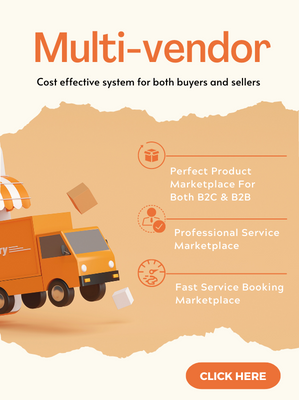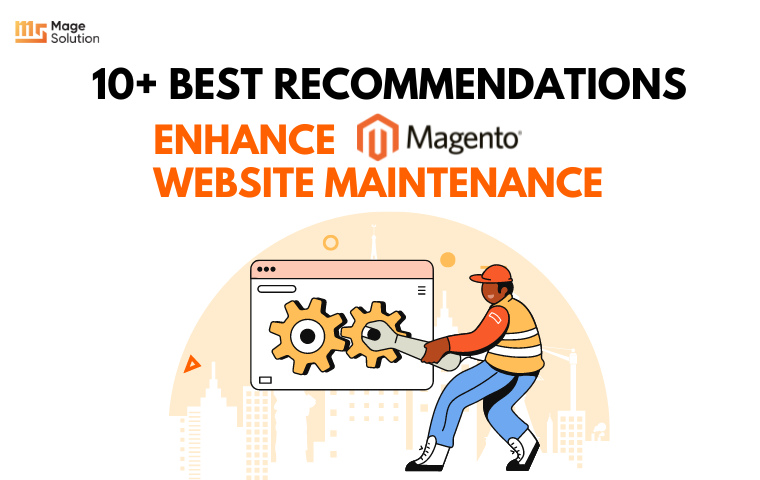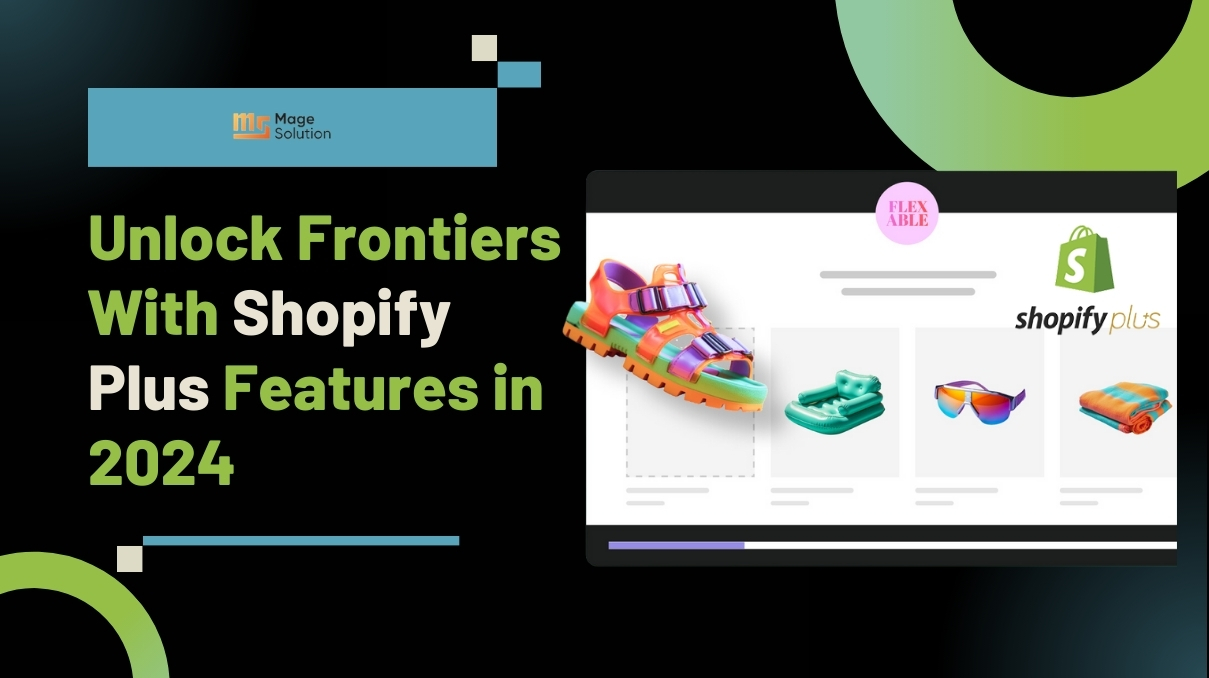Life has been much simpler thanks to online shopping and payments, which completely changed how products are sold. Although it still exists, traditional commerce is increasingly being replaced by e-commerce and mobile commerce. Due to the numerous advantages it provides, most people in today’s digital era are choosing to carry out their transactions online. To assist you to understand the differences between M-commerce vs eCommerce and why they are both so popular, we will continue the discussion in this blog. Keep reading to also explore more about M-commerce vs eCommerce.
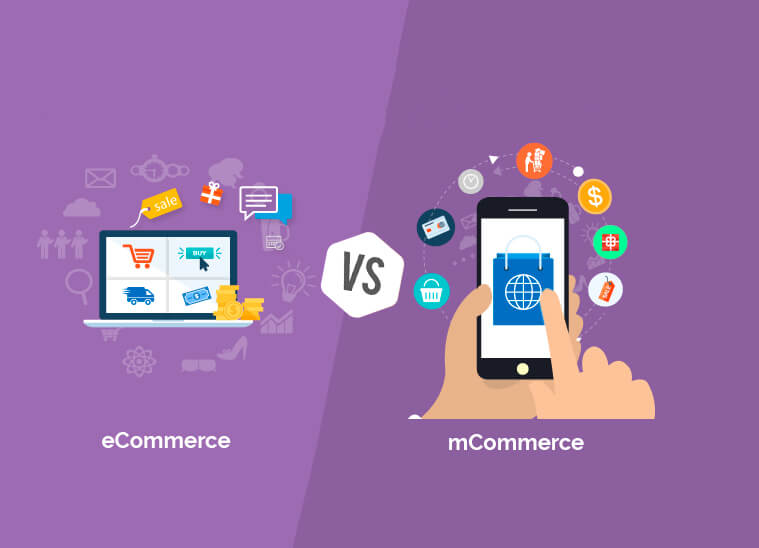
Definition
What is M-commerce?
The purchasing and selling of products using mobile devices like smartphones or tablets is mobile commerce or M-commerce. It also refers to mobile device-based online payment transactions. Retailers are now able to offer services, goods, and payment gateways via smartphones thanks to advances in mobile connection, security, and app development. The trend toward mobile commerce is also being pushed by the rising number of smartphone users.
What is eCommerce?
The act of purchasing and selling products via the Internet is electronic commerce or e-commerce. E-commerce integrates all online payment systems and services. Online retailers who take payments online are included. In reality, e-commerce includes not just commercial or financial transactions carried out through networks but also an extensive network of related global business procedures.
E-commerce now refers to the electronic purchase or selling of products and services to customers all over the world. It also contains both products and professional services.
Key differences between M-commerce vs eCommerce
There are some differences between M-commerce vs eCommerce, despite the fact that both the web and the world of mobile devices are founded on the same fundamental concepts and seek to simplify people’s lives.
| Mcommerce | eCommerce | |
| Devices used | M-commerce refers to using mobile devices such as smartphones and tablets | eCommerce activities are carried out with the use of desktop and laptop computers. |
| Reachability | Mobile commerce can reach more users especially when they go with push notifications. | A push notification will be activated if the devices such as laptops, and desktops are turned on. So it is limited. |
| Mobility | As long as people have access to the internet on their smartphones and can complete transactions with only a few touches on the screen, they can conduct business wherever they are. | Users with limited mobility can conduct transactions on their laptops and desktops. Therefore, users must find a location to complete their transactions. Using a laptop while moving is uncomfortable. |
| Ease of Use | The mobile user experience is designed to take the fewest number of touches per transaction as possible. | The desktop websites of eCommerce stores are more difficult to navigate. |
| Platform | Hybrid, native, or web apps | Web stores, |
| Payment Gateway | Mobile banking, credit card | Credit card |
| Location-tracking capability | Mcommerce can track and identify user locations using GPS, Wi-Fi, and other technologies to give location-specific content and tailored recommendations. | Due to the immobility of devices, e-commerce has limited location monitoring capabilities. |
| Security | Utilize the built-in mobile security capabilities, such as biometric authentication (via retina scans, face ID, or fingerprints)., in combination with web security. | Rely mostly on web security like multi-level authentication and two-factor authentication |
The future of M-commerce vs eCommerce
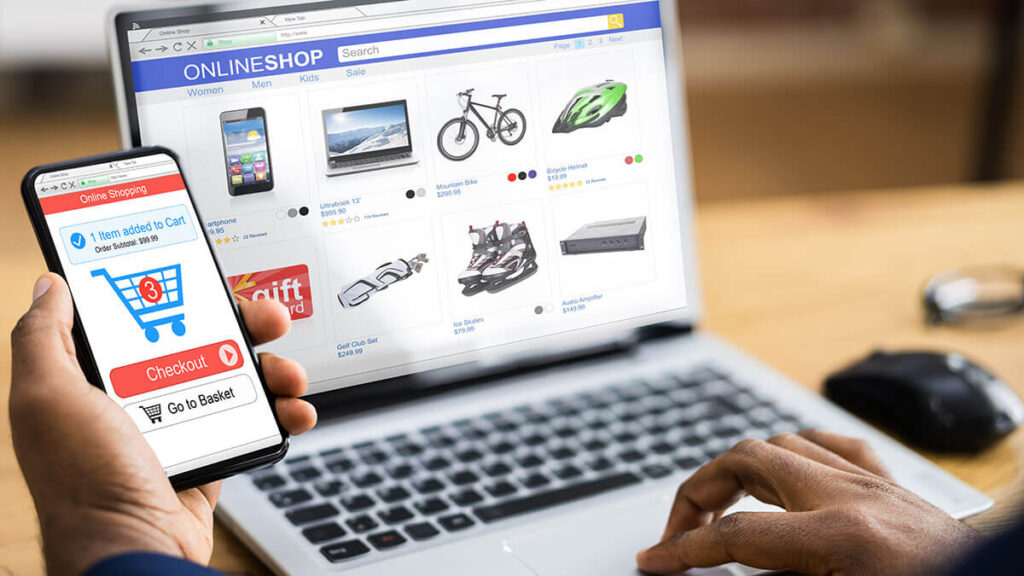
eCommerce
Marketplaces
Recently, clients have become accustomed to making all of their purchases in one location. It is incredibly convenient and effective to order a variety of goods, such as apparel and home goods, from a single marketplace rather than from several stores, especially during a pandemic. You don’t have to pay for many deliveries. Moreover, marketplaces frequently provide a wide range of perks and discounts.
It can operate as an additional channel for your company as well as a further marketing tactic and direct clients back to your own website.
Rapid customer research
To stay up with customers’ preferences and requirements, which are always changing, businesses should do quick customer research.
Running a rapid user study instead of opting for a guessing game is the only option, especially during busy shopping seasons when companies must move quickly. It’s a terrific technique to evaluate marketing initiatives or new strategies.
Augmented reality
Our shopping experience might be taken to a whole new level via augmented reality. An application can assist in providing a sensory experience similar to what we are used to in physical stores. Moreover, customers can see a product more closely, tried on, or you can imagine how the furniture will look and fit in your living room.
Sustainability
Sustainable manufacturing and business refer to the development and marketing of goods created from resources with packaging that is safe for the environment and of such high quality. Therefore, they can last for a very long period. These are products that have labels like “biodegradable,” “organic”, “plastic-free”, “durable”, “ethical”, “compostable”, “recycled”, “eco-friendly”, “reusable”,…
Omnichannel selling
You may reach your customers and give them a more customized experience by using this marketing strategy. Customers increasingly expect to access content on several platforms and receive varied approaches from businesses.
Next, concentrate on the channels that your target audience and existing clients use the most. Additionally, you can leverage the cross-channel data you gathered. Therefore, you can provide your customers with even more individualized shopping experiences through discounts, coupons, and loyalty programs.
M-commerce
Progressive Web Apps
It combines the compatibility of standard web applications with the capability of native apps. By forgoing the development of mobile apps that depend on various OS types and whether they have the most recent updates, businesses can reduce their costs. On the other hand, PWAs are more affordable and compatible.
One-Click purchase
Shopping cart abandonment may be caused by the drawn-out checkout process with all the tedious and repeated entering of personal information. Therefore, you can save clients’ time and enable one-click ordering by saving their personal information willingly inside a mobile app.
Social commerce
Advertisements on “shoppable” posts and sites have led to ongoing social media purchases and transactions. More opportunities to purchase goods without ever leaving social media platforms will soon be available.
Advantages of M-commerce
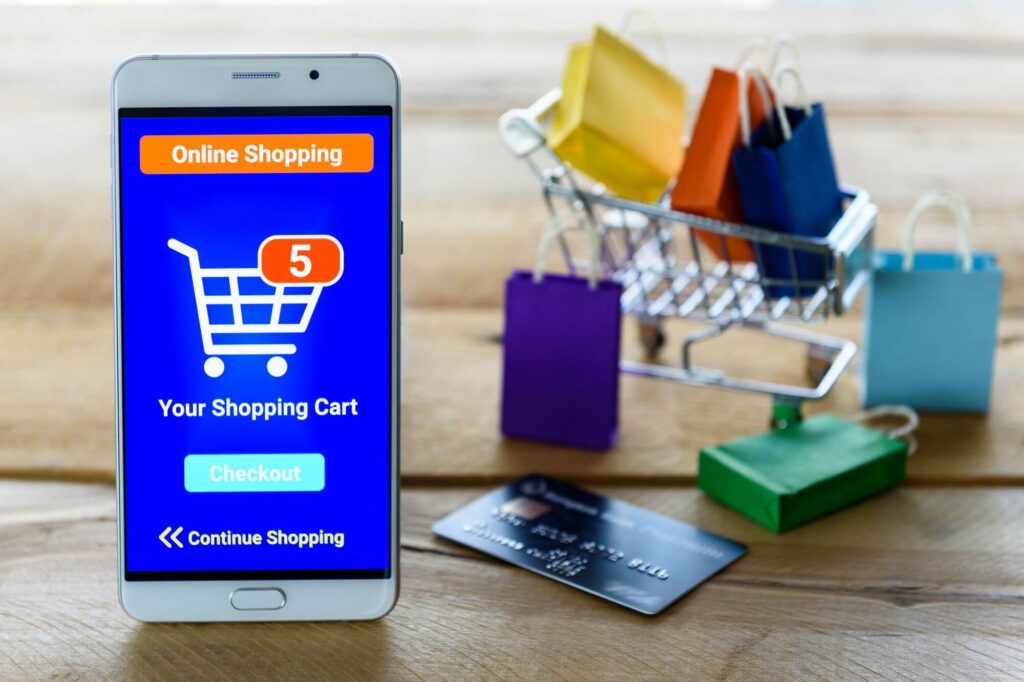
There are many advantages for businesses in mobile commerce. To show why mobile commerce is the best strategy for an online business, let’s look at some of the benefits.
Learn more about the insight of your customers
Retailers can connect with clients more personally thanks to mobile apps. For instance, apps that integrate analytics and beacon technology allow retailers to interact with customers directly throughout their time in a store.
They provide a customized purchasing experience. Signals deliver discounts and promotions and can link the online and offline worlds of retail. These signals may even notify buyers of the new arrival products in which they may be interested.
Retailers can change in-store strategy and operations to better match customer interest and behaviour thanks to customer insights gathered from technology. Therefore, they can increase their customer loyalty.
Personal touch
Particularly effective at bridging the gap between a business and its potential clients are push notifications. People frequently carry their mobile devices with them practically everywhere they go. Therefore, they are quick to provide offers and are better able to reach clients. Furthermore, according to studies, users who are engaged with push notifications are more likely to utilize an app the following month—on average, 62% of users do so.
Improving the customer’s experience.
Retailers can more readily draw customers’ attention by offering the correct kind of service because people frequently keep their mobile devices near at hand.
Besides that, utilizing chatbots and messaging applications is a different tactic to try. Using the apps and services that customers already use and adore makes it simpler for businesses to engage with their clients. With the use of chatbots and AI interfaces, businesses can offer more effective customer service, more individualized purchasing experiences, and fraud prevention. Furthermore, they can assist with image searches as well.
A range of payment methods
M-commerce can offer customers a truly varied selection of payment choices thanks to the emergence of new mobile payment solutions. Moreover, Mcommerce provides mobile wallets, which enable one-click checkout in many stores. Apple Pay, PayPal One-Touch, and Amazon Pay are a few common mobile payment options.
An extra marketing channel
In addition to notifications, Mcommerce gives businesses the chance to advertise by providing promotions, mobile-only discounts, exclusive rates for consumers who register, free delivery, and much more. Therefore, shop owners can increase user registration and attract new clients.
Conclusion
M-commerce is becoming more and more valuable and important because more people use eCommerce platforms through their mobile devices. Furthermore, because of its distinctive features and the amazing benefits it offers, such as mobility, accessibility, and connectivity, mobile commerce is a rapidly expanding industry. Magesolution is a suitable development partner for eCommerce development. Send us a message for more information!
>>> Read further:
How to apply Digital Transformation to your eCommerce businesses effectively
